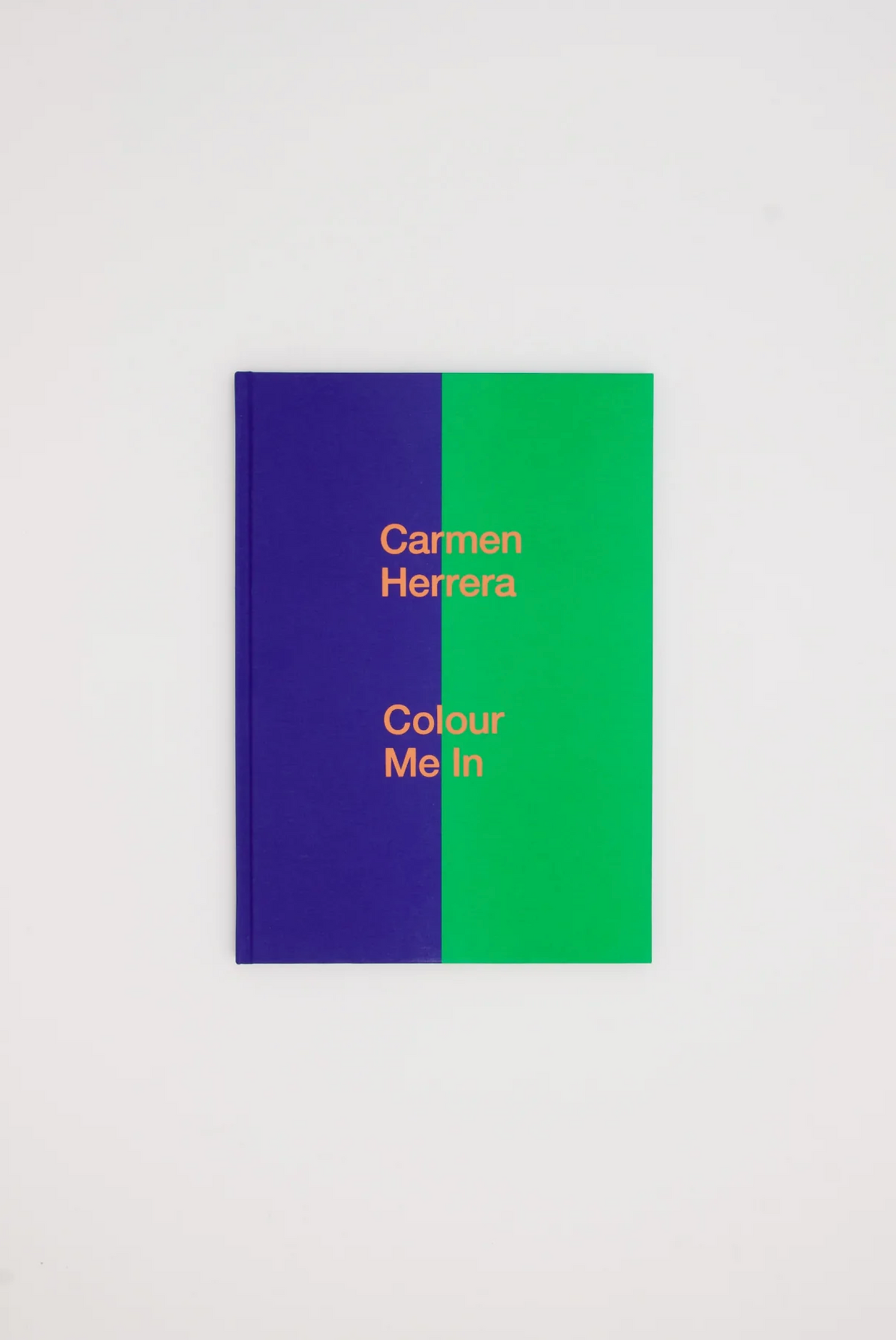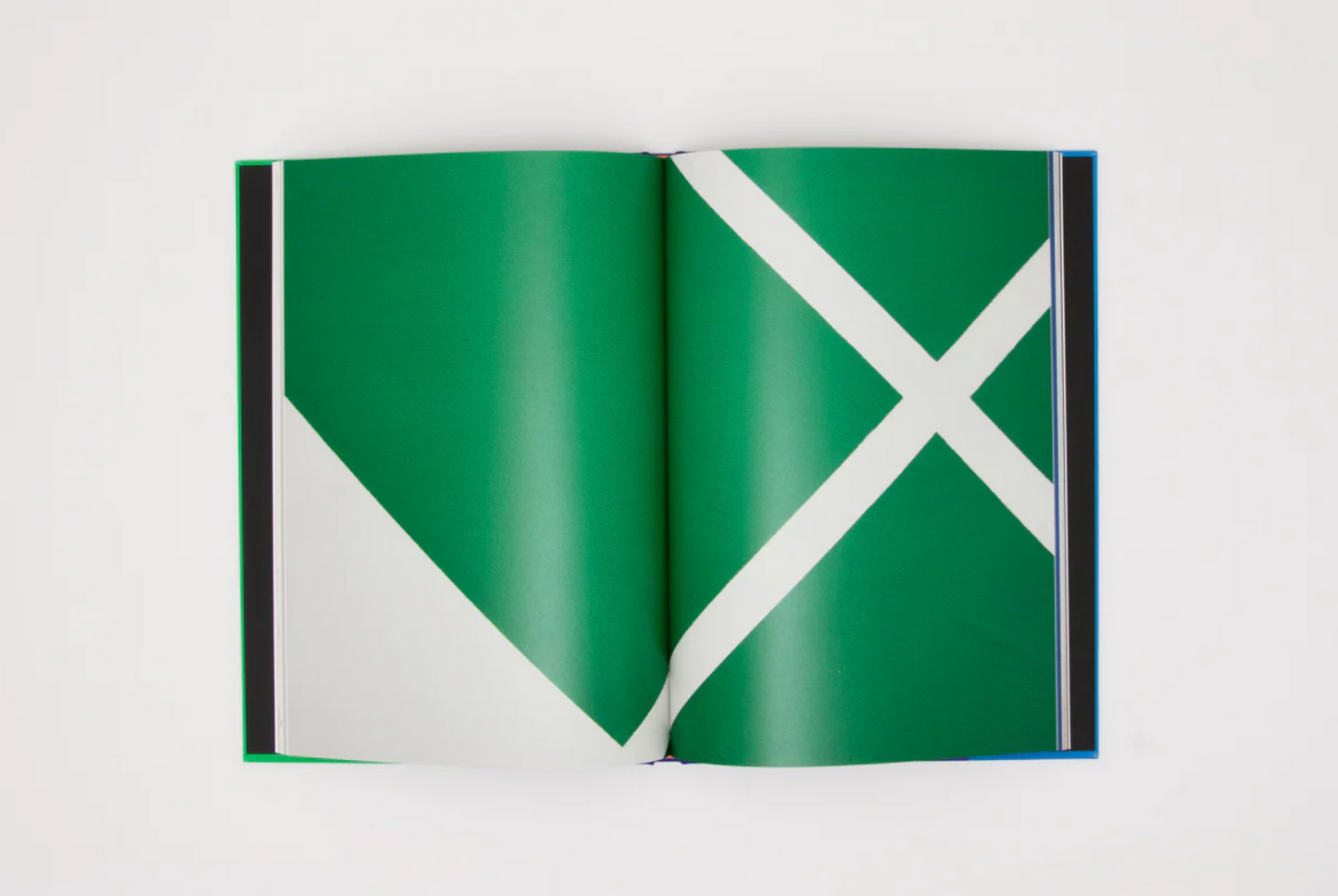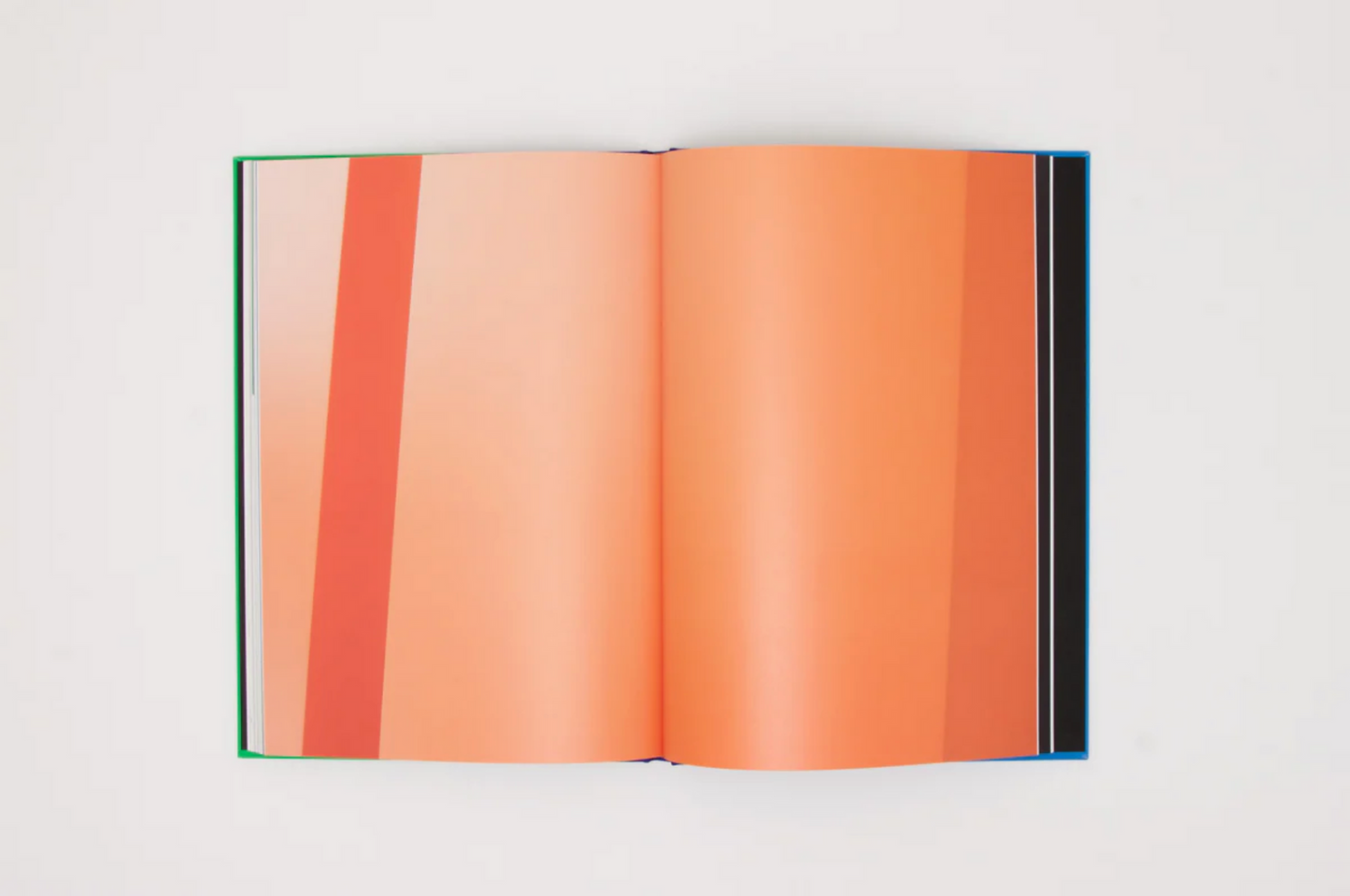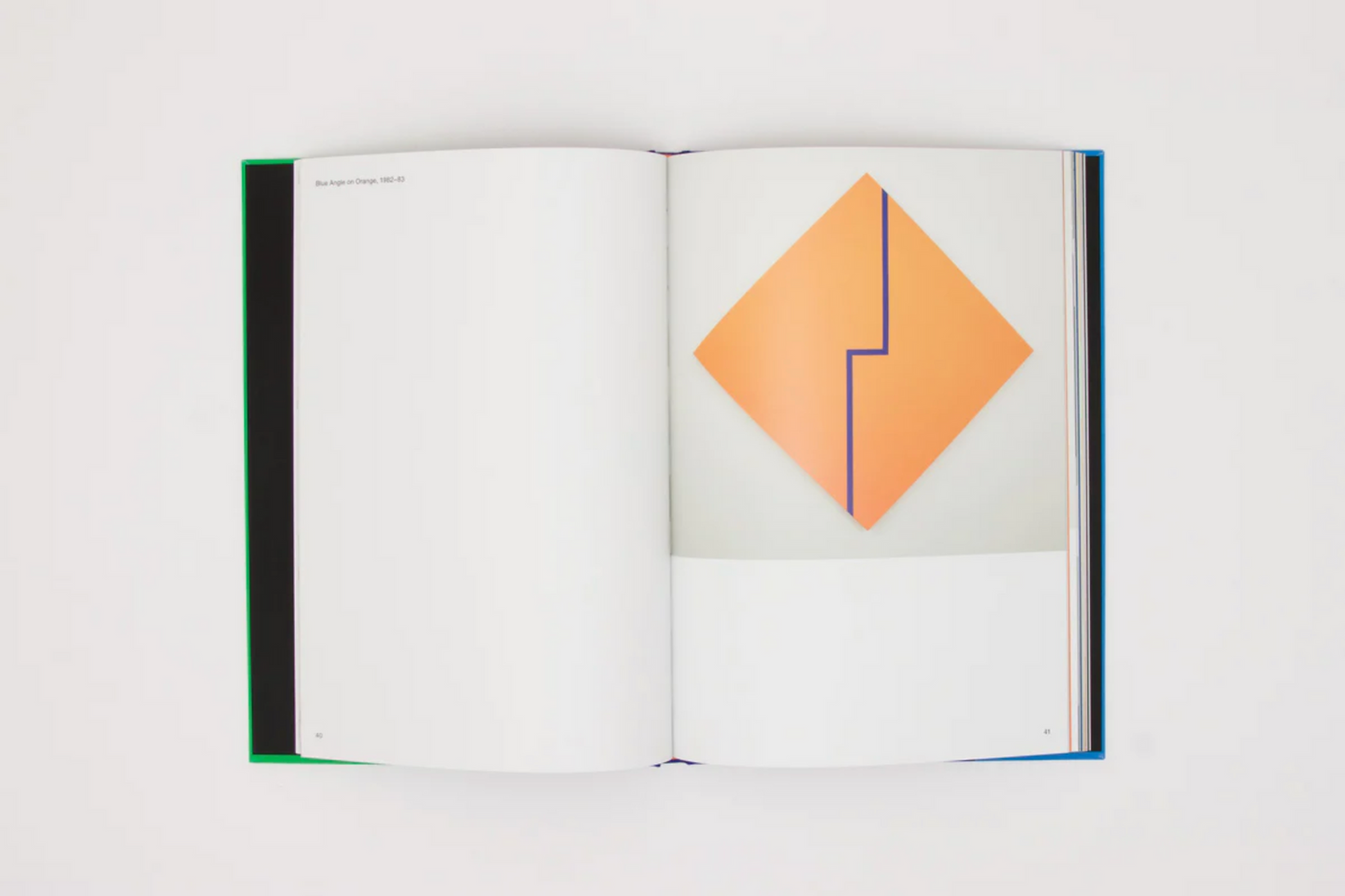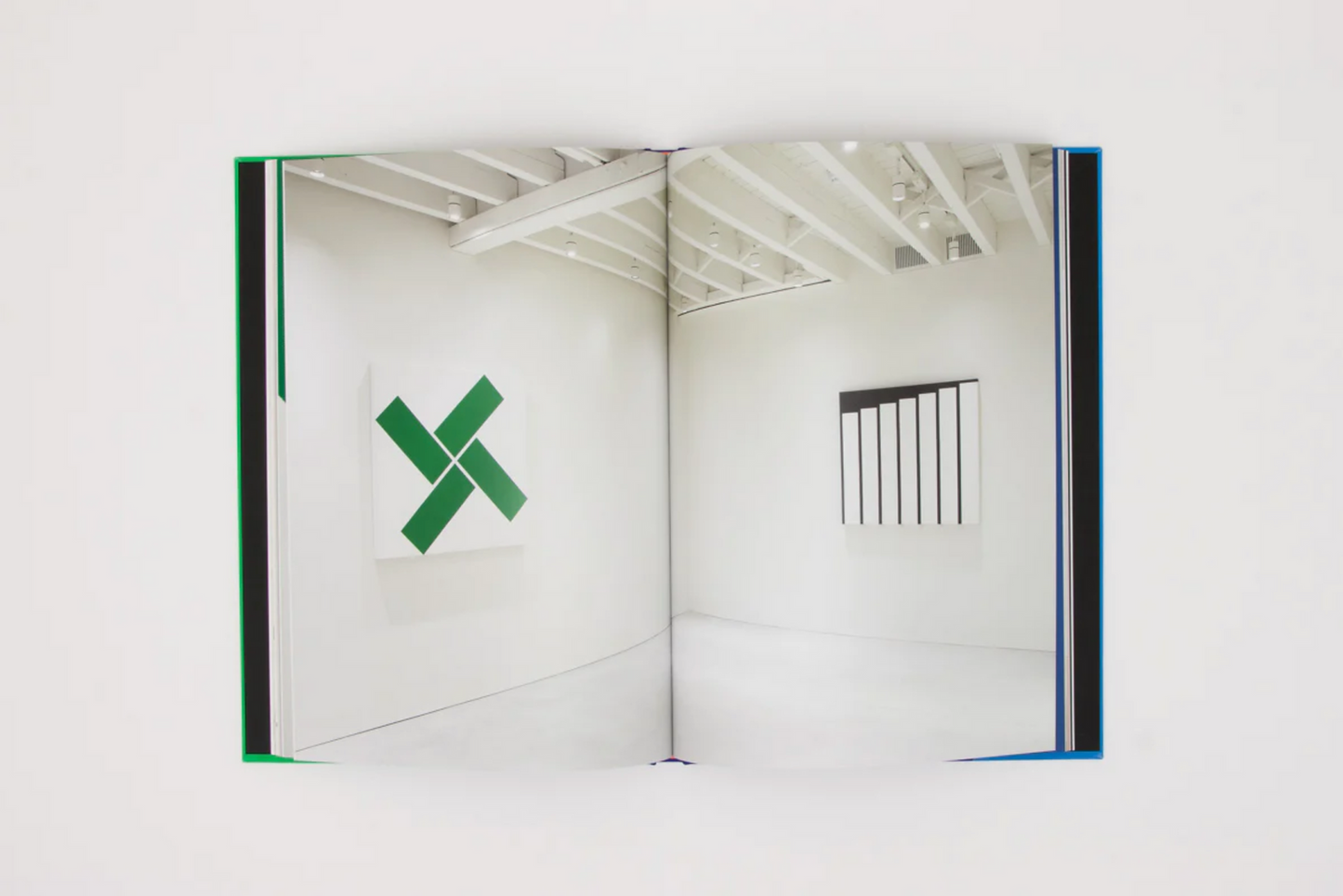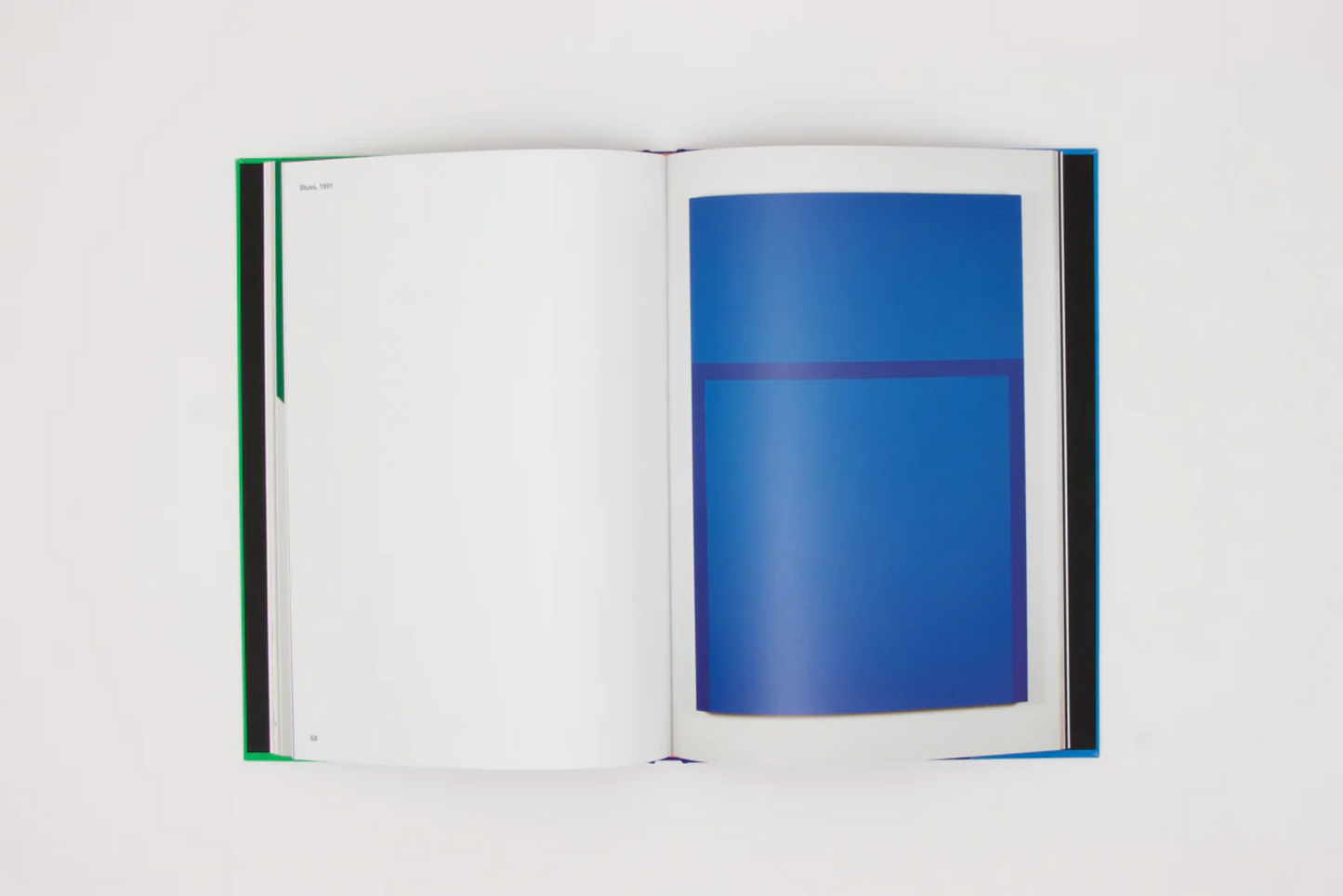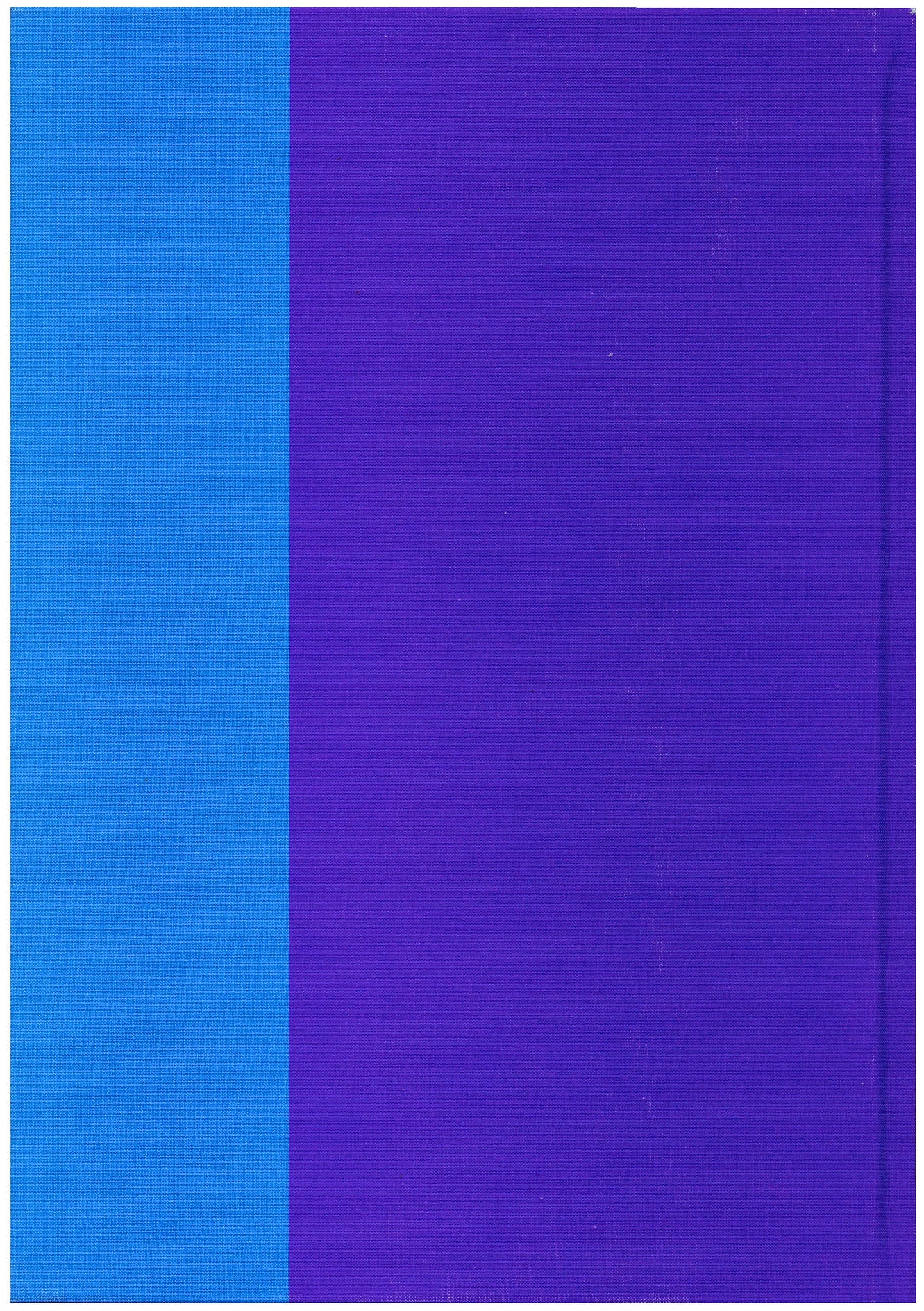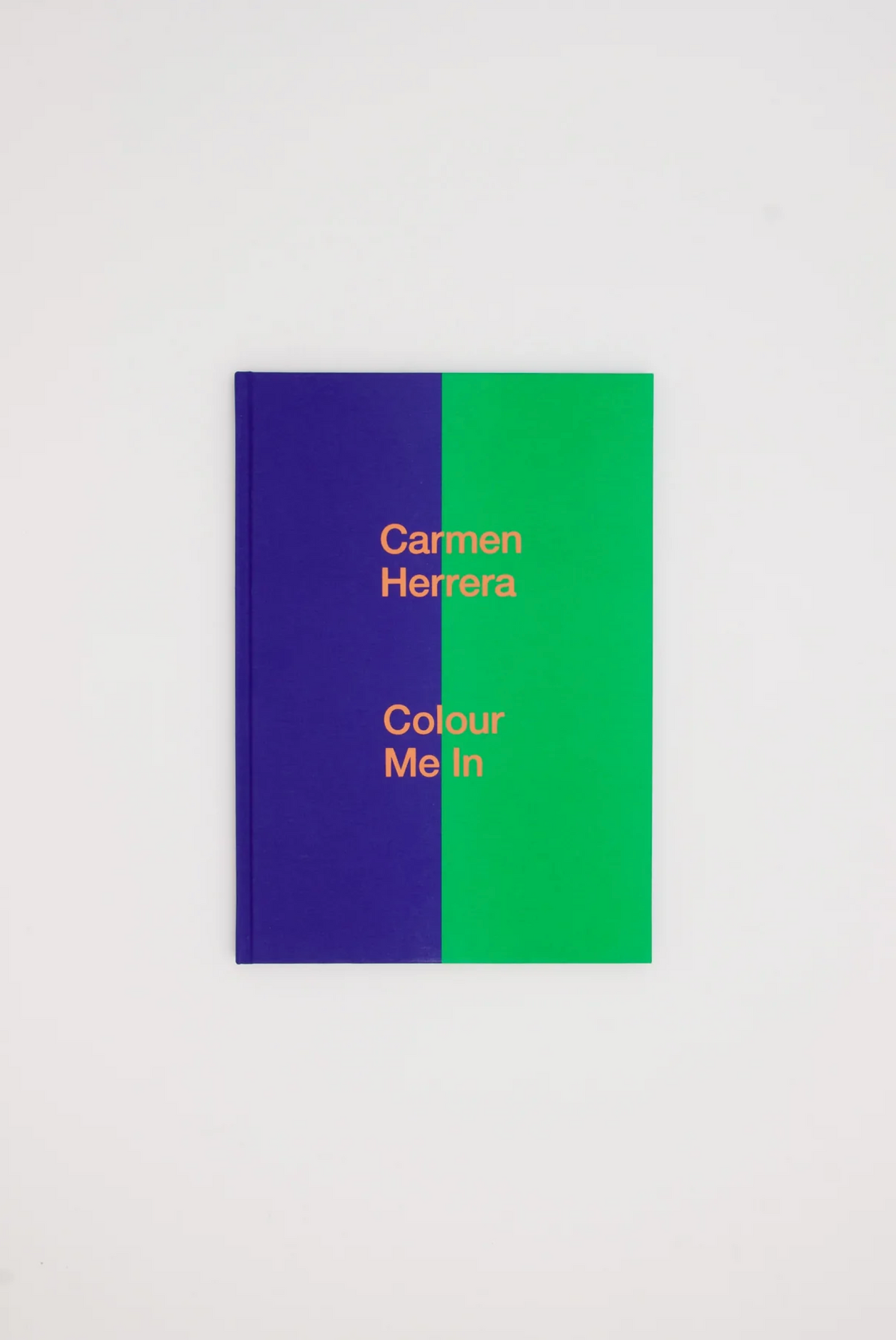
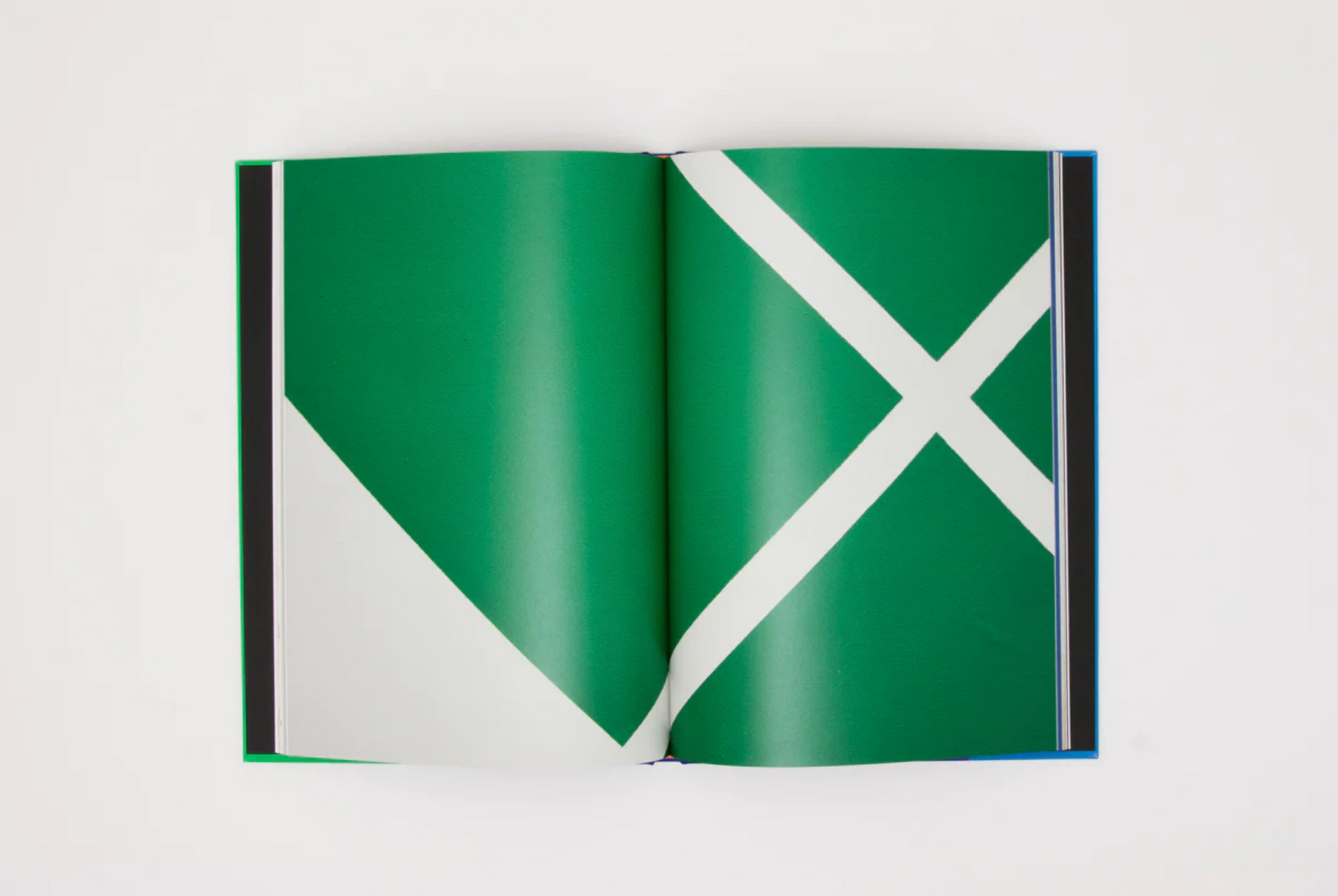
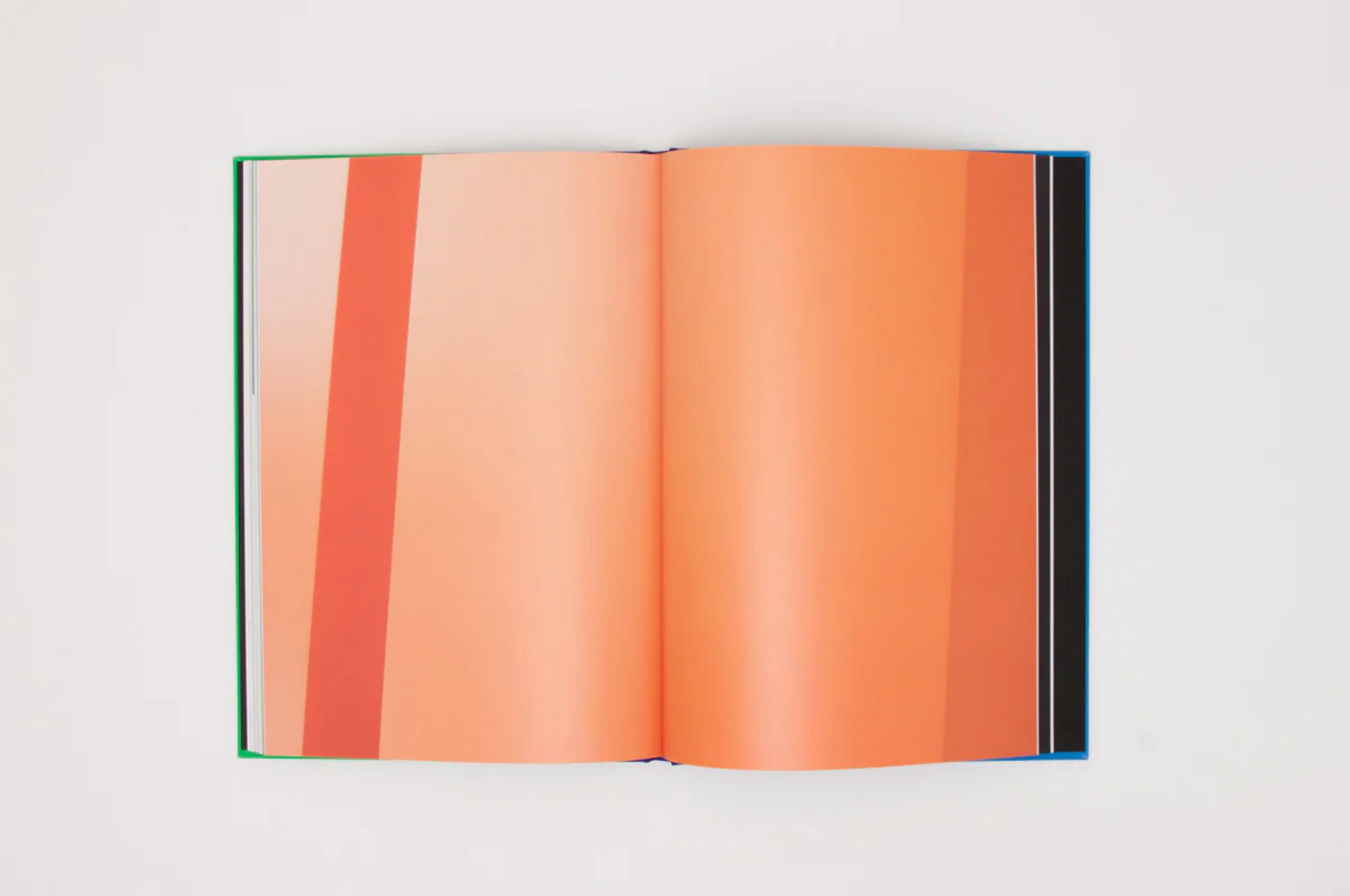
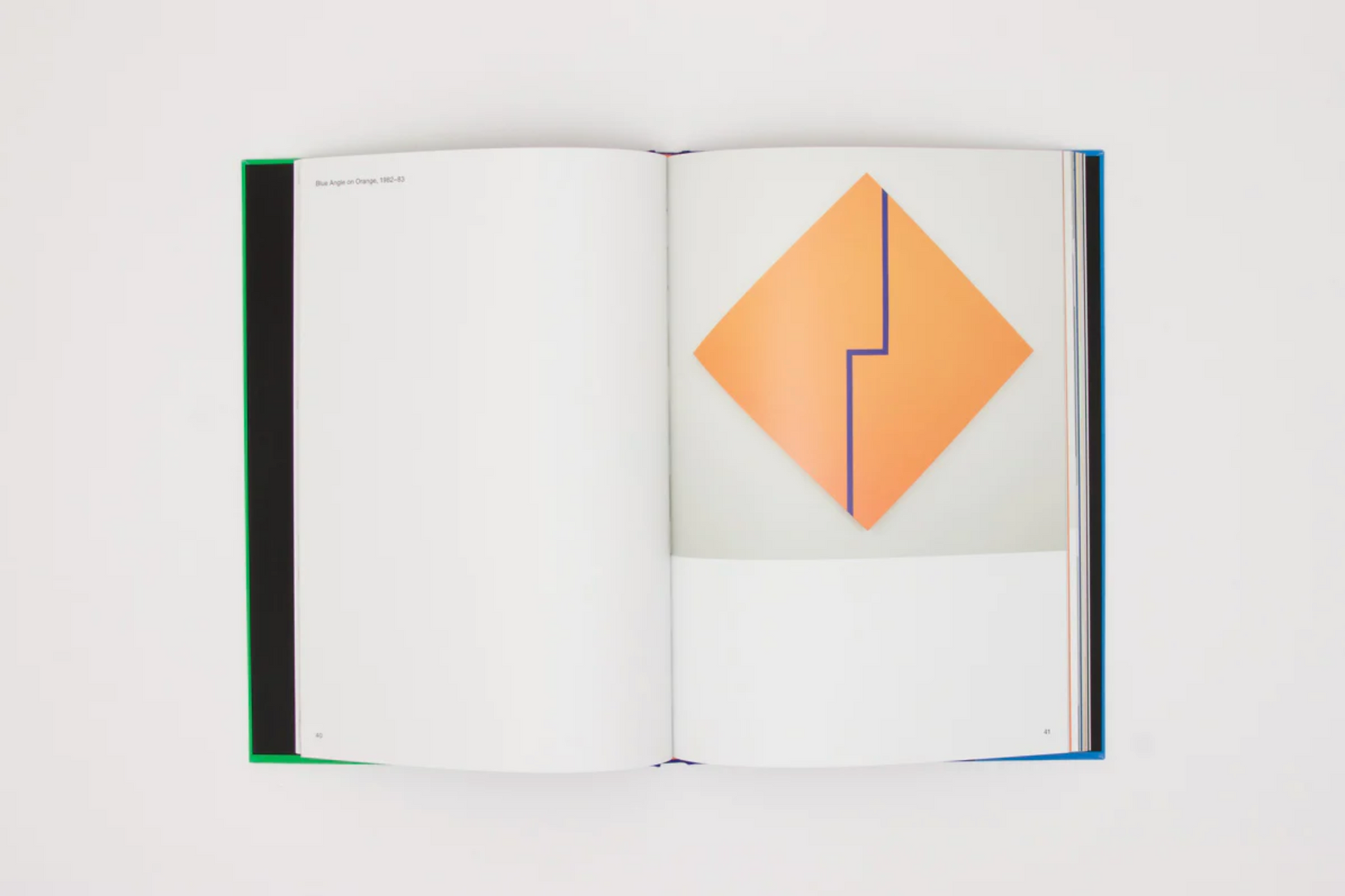
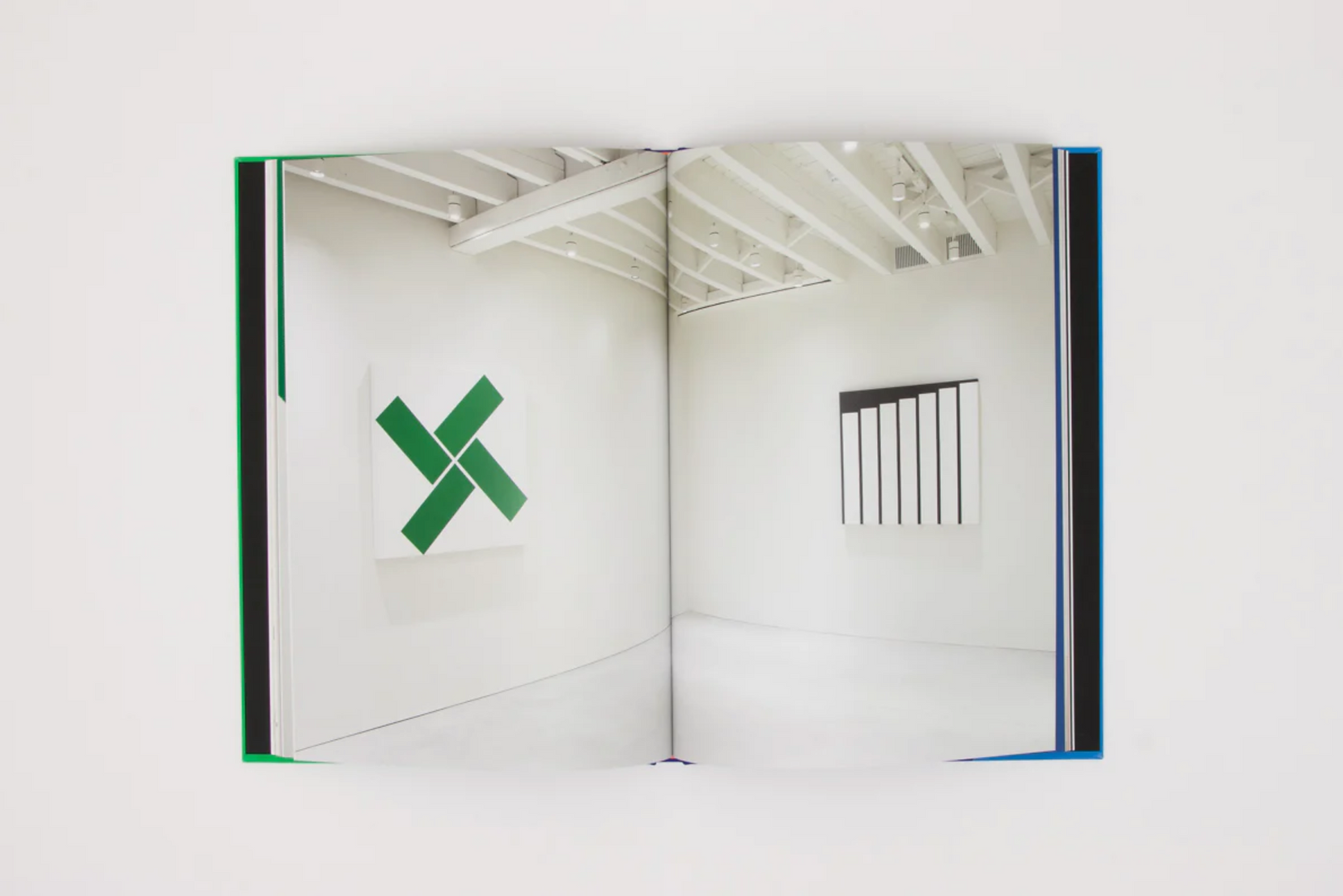
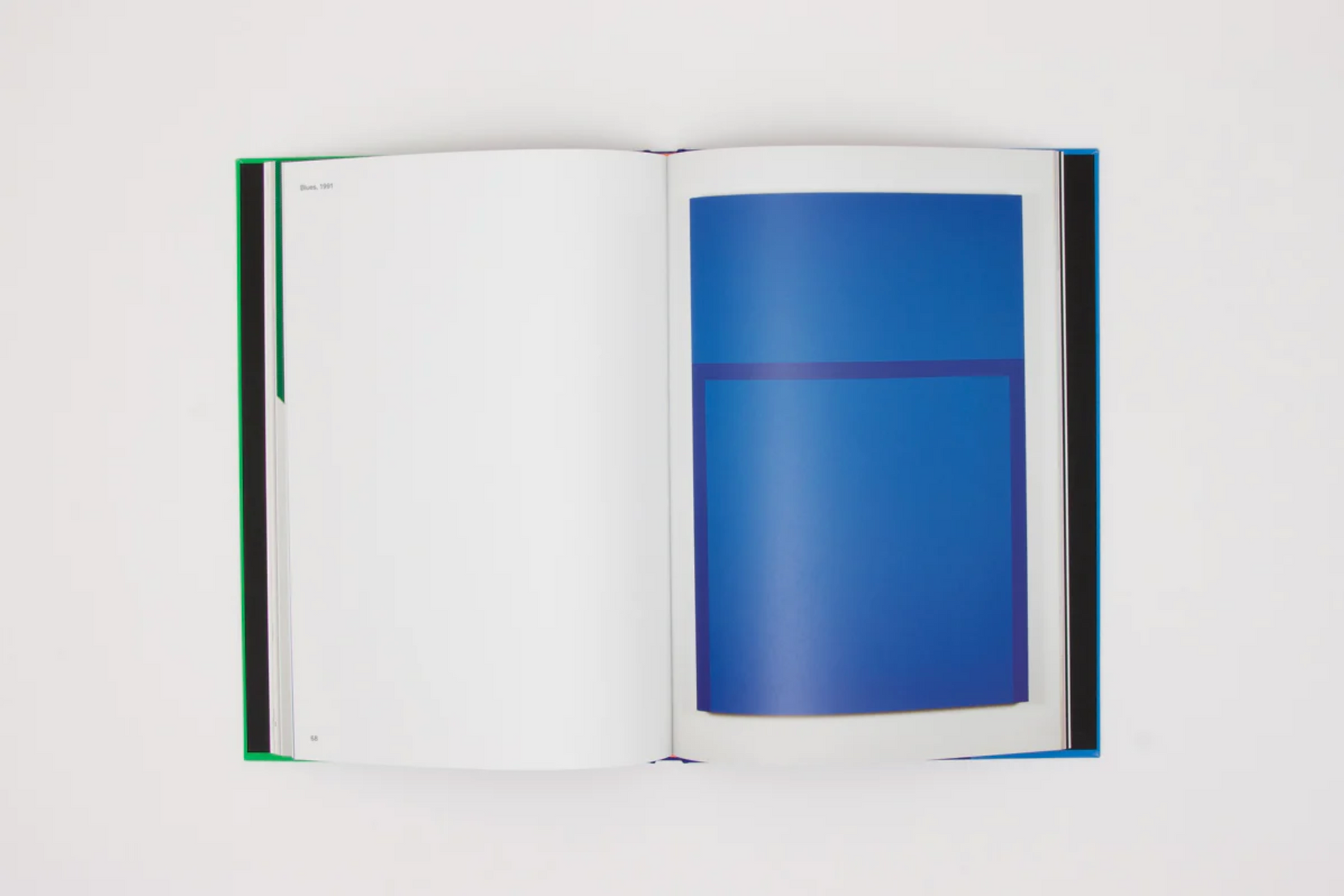
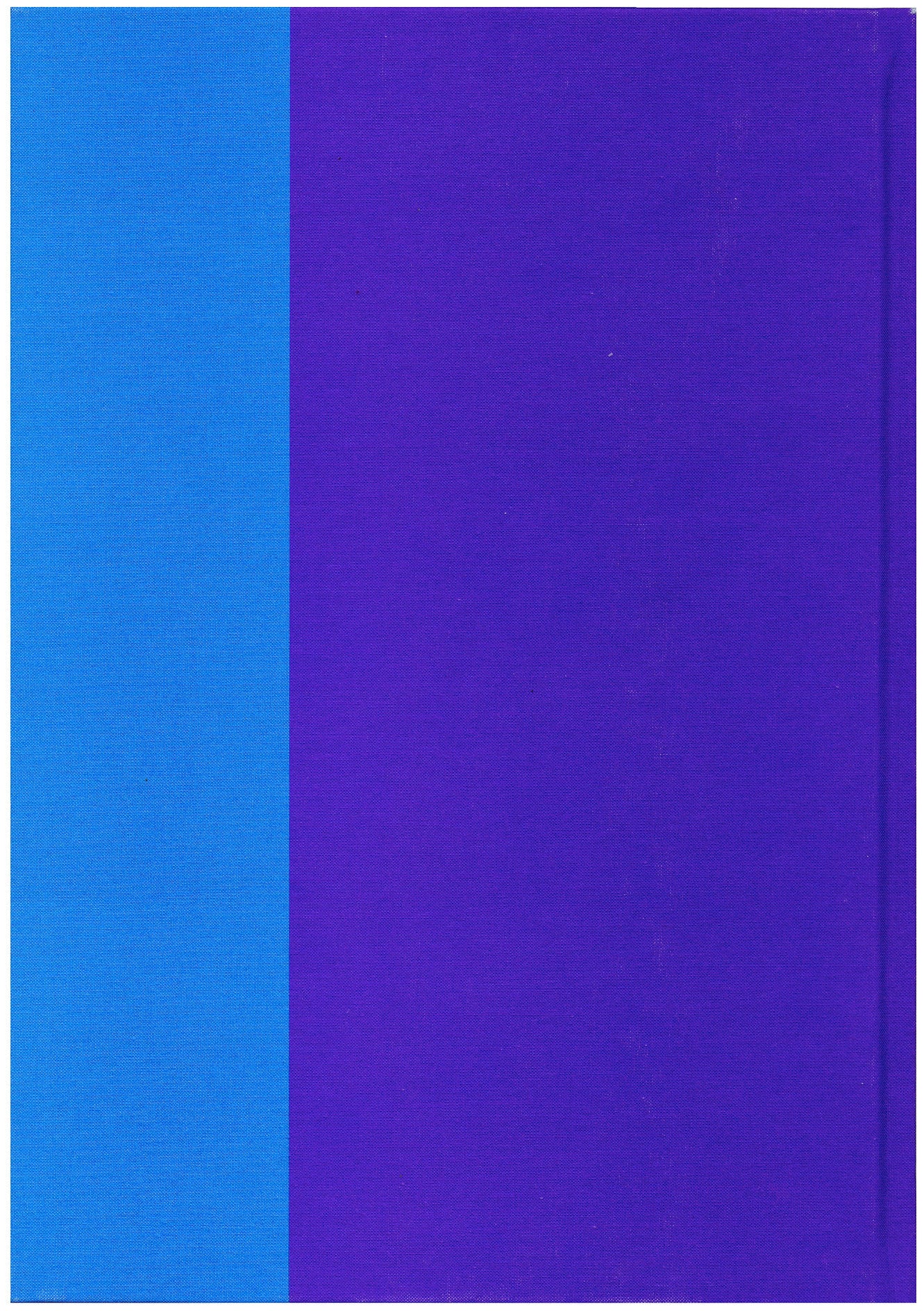
Carmen Herrera
Colour Me In - Catalogue
Carmen Herrera is renowned for her compositions of striking formal simplicity, with crisp lines and precise geometric forms demarcated in vibrant blocks of colour. Continuously seeking to reduce her visual vocabulary, since her mid-career Herrera has typically limited her palette to just two colours per painting. These contrasting planes create an optical rhythm, balanced in symmetry and asymmetry across the canvas. Herrera’s mastery of techniques of pure abstraction prefigured the minimalism of her contemporaries such as Ellsworth Kelly and Barnett Newman, although, being both a woman and designated as a ‘Latin American artist’, she waited considerably longer to receive due recognition for what is now regarded as ground-breaking work.
Born in Cuba in 1915, Herrera celebrated her 105th birthday in May this year. Her extraordinary artistic output began in 1940s post-war Paris and continued well into her years in New York, where she has lived and worked since 1954. Despite the longevity of her career, Herrera worked in relative obscurity until the mid-1980s when she received her first institutional show at The Alternative Museum, New York (1985). The 1980s marked a key moment in Herrera’s recognition within New York’s artistic community, with gallery representation by Ljubomir Rastovski from 1986 through the recommendation of another of the gallery’s artists, Felix Gonzalez-Torres. Over the following two decades, Herrera was featured in major group exhibitions at Rutgers University in New Jersey, the Bronx Museum of the Arts, as well as Artists Space and Dia Art Foundation in New York, among others. She also began to receive critical acclaim in New York during this period, with New York Times writer Holland Cotter noting that Herrera "occupies an honourable place in postwar geometric painting." By 1998 her work was the subject of a solo exhibition at New York’s El Museo del Barrio.
These three-dimensional works – which Herrera initially began preparations for in the 1960s although they were only brought to realisation more recently – are based on paintings ‘really crying out to become sculpture’, as the artist has explained. These works marked an important moment in Herrera’s career, where her geometric forms traverse from drawing, to painting, to sculpture, manifesting her meticulous sharp edges into physical structures.
The exhibition focuses on Herrera's development as an artist in the decade following the mid 1980s. This early period is particularly notable for depicting forms suspended within the frame of a pictorial plain, a trait unique to this time. Herrera's work of the following decade, the 1990s, was an equally distinct moment in her career, marked not only for its rarity, as the last years with her husband, but as the first time she began to use shades of colours on top of each other: blue on blue, yellow on yellow, green on green. A series of drawings from the 1980s will be presented, illustrating how Herrera’s compositions take shape in different stages, setting out the lines and forms that determine the rhythm and spatial tension of her work. And while shape is integral, Herrera herself has explained, ‘colour is the essence of my painting’. Striking colour pairings range from the solid interlocking forms of Black & orange (1989) to more subtle tonal combinations, as evidenced in the tracked lines of Blues (1991) or Two Yellows (1992). ‘Shape, size and relative position, are called into question in each and every one of Herrera’s bi-coloured geometrical compositions’, writes curator Flavia Frigieri. The seeming symmetry of Herrera’s straight lines and angles is, on closer inspection, disrupted by a deliberate irregularity that renders her coloured planes as objects in themselves.
This new publication includes a critical text written by Flavia Frigeri, art historian and curator, further illuminating the progression of the second half of Herrera’s life work.
The Perimeter, 2021
Hardcover
300 x 215 mm
Couldn't load pickup availability
Carmen Herrera is renowned for her compositions of striking formal simplicity, with crisp lines and precise geometric forms demarcated in vibrant blocks of colour. Continuously seeking to reduce her visual vocabulary, since her mid-career Herrera has typically limited her palette to just two colours per painting. These contrasting planes create an optical rhythm, balanced in symmetry and asymmetry across the canvas. Herrera’s mastery of techniques of pure abstraction prefigured the minimalism of her contemporaries such as Ellsworth Kelly and Barnett Newman, although, being both a woman and designated as a ‘Latin American artist’, she waited considerably longer to receive due recognition for what is now regarded as ground-breaking work.
Born in Cuba in 1915, Herrera celebrated her 105th birthday in May this year. Her extraordinary artistic output began in 1940s post-war Paris and continued well into her years in New York, where she has lived and worked since 1954. Despite the longevity of her career, Herrera worked in relative obscurity until the mid-1980s when she received her first institutional show at The Alternative Museum, New York (1985). The 1980s marked a key moment in Herrera’s recognition within New York’s artistic community, with gallery representation by Ljubomir Rastovski from 1986 through the recommendation of another of the gallery’s artists, Felix Gonzalez-Torres. Over the following two decades, Herrera was featured in major group exhibitions at Rutgers University in New Jersey, the Bronx Museum of the Arts, as well as Artists Space and Dia Art Foundation in New York, among others. She also began to receive critical acclaim in New York during this period, with New York Times writer Holland Cotter noting that Herrera "occupies an honourable place in postwar geometric painting." By 1998 her work was the subject of a solo exhibition at New York’s El Museo del Barrio.
These three-dimensional works – which Herrera initially began preparations for in the 1960s although they were only brought to realisation more recently – are based on paintings ‘really crying out to become sculpture’, as the artist has explained. These works marked an important moment in Herrera’s career, where her geometric forms traverse from drawing, to painting, to sculpture, manifesting her meticulous sharp edges into physical structures.
The exhibition focuses on Herrera's development as an artist in the decade following the mid 1980s. This early period is particularly notable for depicting forms suspended within the frame of a pictorial plain, a trait unique to this time. Herrera's work of the following decade, the 1990s, was an equally distinct moment in her career, marked not only for its rarity, as the last years with her husband, but as the first time she began to use shades of colours on top of each other: blue on blue, yellow on yellow, green on green. A series of drawings from the 1980s will be presented, illustrating how Herrera’s compositions take shape in different stages, setting out the lines and forms that determine the rhythm and spatial tension of her work. And while shape is integral, Herrera herself has explained, ‘colour is the essence of my painting’. Striking colour pairings range from the solid interlocking forms of Black & orange (1989) to more subtle tonal combinations, as evidenced in the tracked lines of Blues (1991) or Two Yellows (1992). ‘Shape, size and relative position, are called into question in each and every one of Herrera’s bi-coloured geometrical compositions’, writes curator Flavia Frigieri. The seeming symmetry of Herrera’s straight lines and angles is, on closer inspection, disrupted by a deliberate irregularity that renders her coloured planes as objects in themselves.
This new publication includes a critical text written by Flavia Frigeri, art historian and curator, further illuminating the progression of the second half of Herrera’s life work.
The Perimeter, 2021
Hardcover
300 x 215 mm
